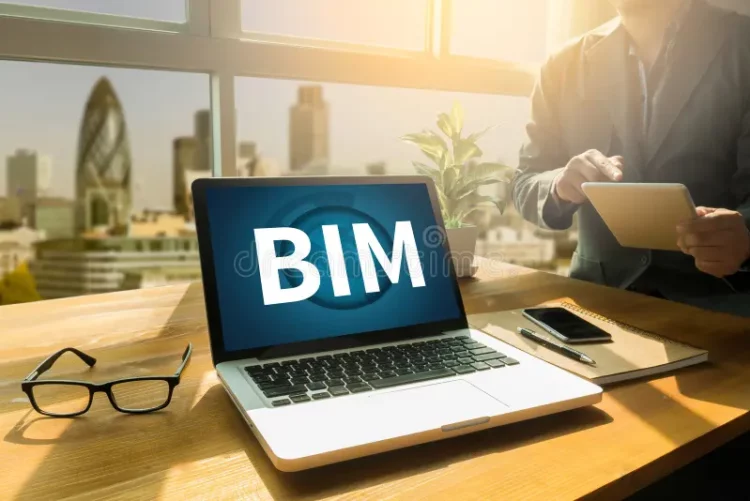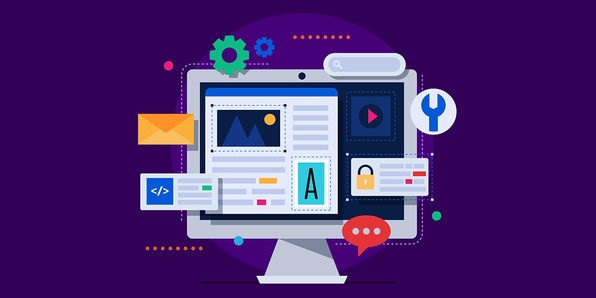BIM software is a smart 3D modeling and visualisation tool that can help you plan, design, construct, and manage buildings and other infrastructure more effectively. BIM software keeps architectural, engineering, and construction (AEC) professionals, managers, and stakeholders on the same page by storing project data in a shared repository. At the absolute least, BIM visualization generates a 3D model of proposed buildings and infrastructure. Bim software More complicated BIM systems may contain project management features like as scheduling, budgeting, and lifetime maintenance data.
As projects get more complex, it becomes more difficult to manage the moving parts and communicate changes to the appropriate people in a timely way. Having a solution that shows how changes effect the project and what the finished product should look like may help improve workflow efficiency significantly.
BIM Software Key Features:
3D imaging with 2D drawings: They use computer-aided design (CAD) software to generate 2D or 3D images, as well as completely digital technical drawings including floor plans, schematics, blueprints, and concept artwork.
Modeling for design: Use drawing and modeling software to create precise blueprints for new architectural and construction projects.
Document management: Save all BIM-related construction documents, such as drawings and images.
Schedule: To ensure that work is completed on time, coordinate schedules for many team members.
Conflict resolution: Ensure that BIM plans remain consistent throughout the project and that no incompatible parts overlap. This is also known as “collision detection.”
Advanced research: Analyze performance data to help develop the new building and architectural models.
Benefits of the Best BIM Software:
There are several benefits to using BIM software in your AEC company. Here are few examples:
Designs that are constant
Collaboration capabilities in BIM software enable individuals designing new buildings, infrastructure, or other projects to interact more effectively. Clients want to know that their vision is being realized, while architects and engineers are concerned about the structural integrity of the structure. Everyone may be kept up to speed on what is going on, when it will happen, and any other relevant information.
As a consequence, there are less risks of misunderstandings or unauthorized design revisions resulting in mistakes. Following that, finished BIM plans may be immediately sent to clients, facility management, or builders without having to be converted into another file format, as needed by application interoperability requirements.
Project life cycles are shorter
Delays in architectural projects are a significant source of concern, and they are usually caused by many interested parties’ comments on work in progress. Better communication allows you to complete jobs quicker than ever before. BIM software’s fast design modeling keeps projects moving by enabling key designers to discuss modifications with the proper people in real time and get their approval. Furthermore, completing a design on time or ahead of schedule allows your team to focus on new projects, increasing productivity and profitability.
Cost-cutting
Finally, BIM software reduces the time and cost it takes to complete each project. Use the drawings to estimate the time and cost required to complete the project. They clearly demonstrate what has to be done. If a BIM solution shows the need for prefabricated or modular components, orders may be issued ahead of time to keep the construction project on schedule. Setting aside time to investigate market price patterns may help you identify more cost-effective supplies.
Finally, by serving as guidelines for future development or maintenance, BIM may bring long-term cost-of-ownership advantages to completed projects. For example, instead of inspecting a building to record every outlet and wire, a computerized schematic may be utilized to expedite an electrical system renovation.
When is BIM appropriate?
BIM software is often used to accelerate the design process in large construction projects costing more than $10 million. If your project is too small, using BIM modeling tools may be a waste of time and money, since you will not benefit from conflict detection, scheduling, or cost monitoring.
Who Uses BIM (Building Information Modelling) Software?
Those engaged in construction management use BIM, which includes:
- Architects and Real Estate Planners
- Contractors and subcontractors are construction professionals.
- Structural Engineers
- Government agencies
- Infrastructure project teams
- Mechanical, Electrical, and Plumbing (MEP) contractors
If you work on a construction project, you will need to communicate and collaborate with one another using BIM software tools throughout the project. Construction runs well thanks to real-time communication technology, and the end outcome fulfills the client’s expectations.
According to the National BIM Report 2022, medium and large firms adopt BIM more than small businesses. This is based on the National Bureau of Statistics report. enterprises that support small enterprises are also using this technology. It is more efficient and lower risk.
1. Procore
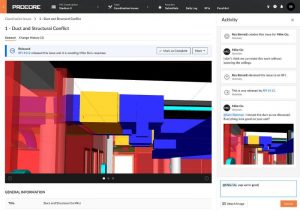
Procore is a software-driven construction management system. Construction workers may utilize Procore’s cloud-based project management solutions to complete high-quality projects on time and within budget. Procore is an application that integrates conventional.
2. Fusion 360 Manage
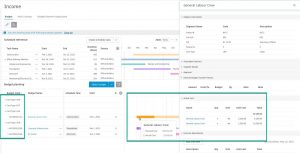
Cloud-based Fusion 360 Manage is a location where individuals may collaborate to create things. It provides software for CAD, CAM, CAE, and PCBs. Design, engineering, electronics, and manufacturing may all be done in one location. The program is aimed for industrial designers.
3. InEight
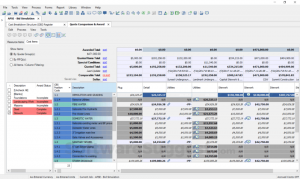
InEight has field-tested project management software for the world’s builders, including owners, contractors, engineers, and architects. The InEight is trusted by over 300,000 users and 750 clients worldwide for real-time analytics that help with management.
4. Allplan
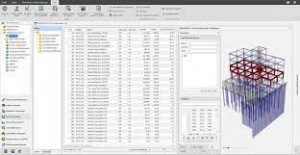
Architects, engineers, and contractors may collaborate more effectively using Allplan BIM software throughout the design and construction phases. Civil and structural engineers, designers, and contractors will all benefit from this BIM software suite. This solution comprises of optimisation.
5. SketchUp
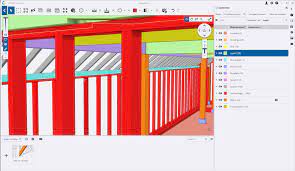
Individuals, professionals, and educators may all benefit from SketchUp, a 3D design program. Standard model viewing is available for iOS and Android smartphones, along with a basic online 3D modeller, cloud storage, and community support. Cloud storage without limitations; quality online 3D modeller.
6. Viewpoint for Projects

Viewpoint For Projects is a document management solution that enables you to organize, examine, and distribute vast quantities of project documentation efficiently. Vista provides a comprehensive set of software solutions to help contractors synchronise all aspects of their operations.
7. Revit
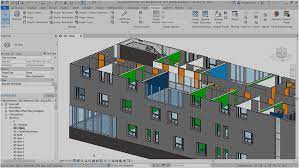
Revit is an Autodesk BIM solution that enables you to create better designs that function across several sectors. Architects, engineers, construction professionals, and contractors can easily discuss and update 3D models and floor plans.
8. CMiC Enterprise Planning

CMiC Enterprise Planning offers an enterprise viewpoint, a project view, and a sub-activity view of everything that has to happen now and in the future in your construction organization. The CMiC enables you to benefit from the most latest technical breakthroughs in a range of fields.
9. Project Management Software
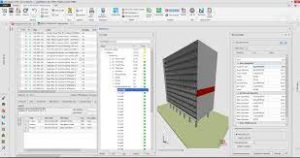
Bidtracer’s Project Management Software is fully integrated with the Bid Management Module but may also be utilized separately. Our online construction project management software makes it simple and fast to handle projects and documentation.
10. 3D Repo
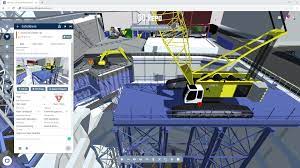
3D Repo (BIM) is a multi-awarded digital platform for building information modeling. The 3D Repo is revolutionizing construction project design and delivery by democratizing data, lowering risk, and decreasing complexity for everyone.
11. Tekla
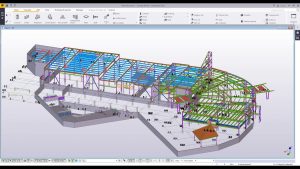
Tekla is a model-based software program intended for structural engineers and construction professionals. Designers and engineers may use BIM software to build 3D models using a variety of construction materials and produce 2D drawings.
12. Autodesk BIM 360
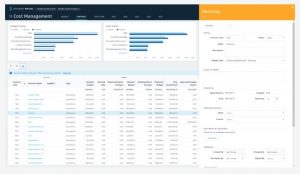
BIM 360 is a unified BIM platform that gives construction project teams real-time data to make smarter choices. The BIM 360 connects your data and processes using a variety of technologies. BIM 360 is one of the best software types.
13. ARCHICAD
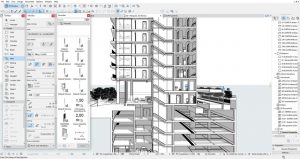
GRAPHISOFT developed ARCHICAD, a BIM and CAD software suite. ARCHICAD enables designers, architects, builders, and engineers to collaborate on building projects. Custom Graphic Labels; Import/Export; Facade Design Tools.
14. Vectorworks Architect
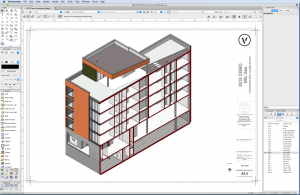
Vectorworks Architect, developed by the Nemetschek Group, is a 3D modeling and BIM software. The Vectorworks Architect may be used in conjunction with other popular programs like as Revit and SketchUp to facilitate communication among project team members. Drawing with accuracy, being creative, and being.
15. Stratusvue System
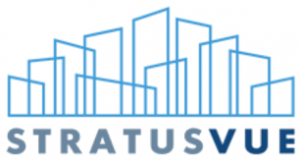
The StratusVue System consists of three cloud-based software applications: PlansandSpecs Project and Document Management, BIMfx BIM-Enabled Data Closeout and Turnover. BidVue offers a fast.

